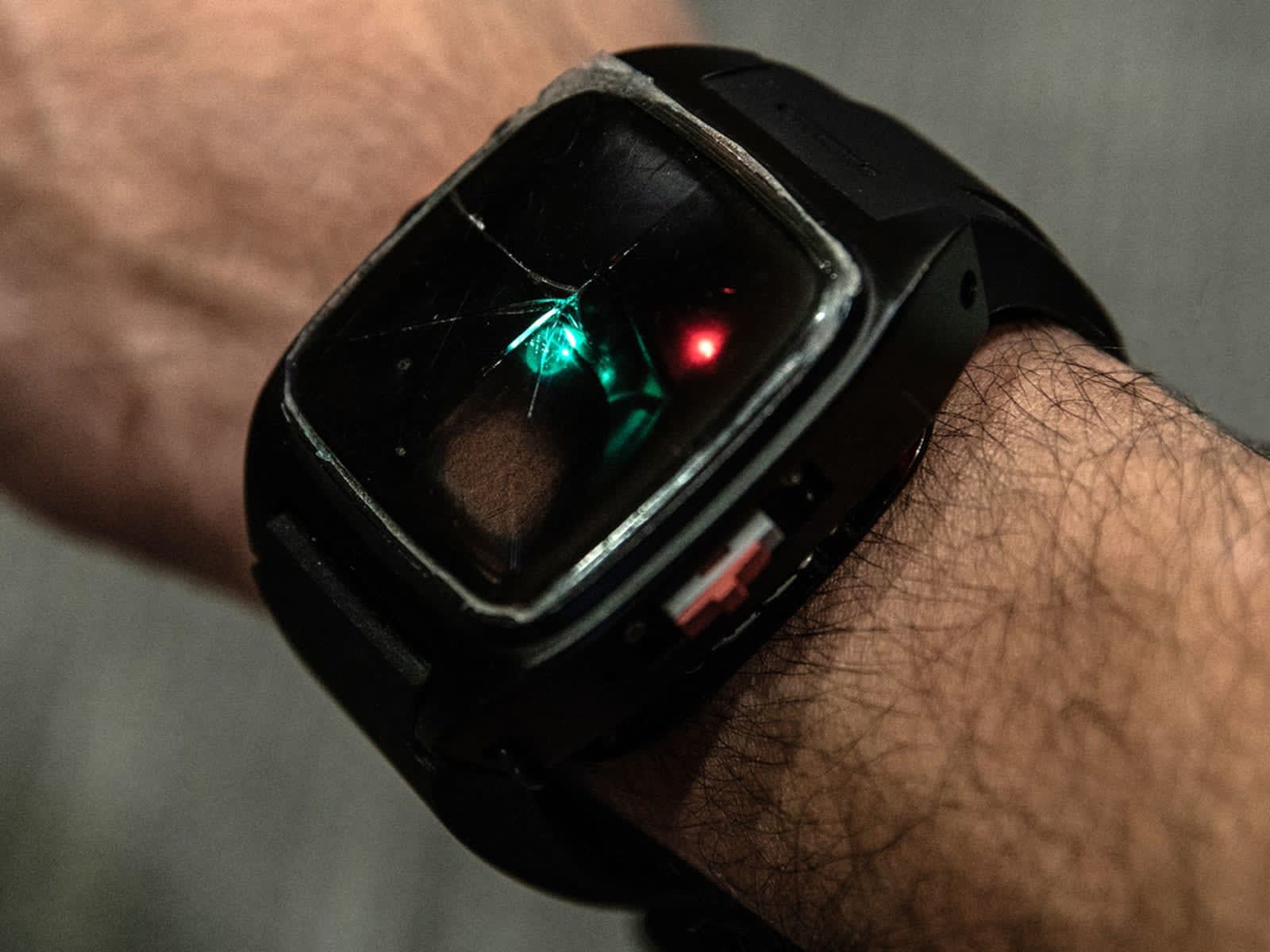The number of drug overdose deaths in the US more than tripled between 1999 and 2016, with opioids accounting for the majority — in 2018, more than 115 people died from opioid overdose every day. Now, students from Carnegie Mellon University have created a wearable device that could alert the wearer to a possible overdose, giving them enough time to administer naloxone to reverse the situation.
The HopeBand flashes, emits an alarm and sends out a warning text message (which includes the wearer’s location) when it detects low blood oxygen levels via pulse oximetry sensors, which work by shining LED light through the skin and identifying light absorption. The device will monitor low oxygen levels for 10 seconds before sounding the alarm.
“Imagine having a friend who is always watching for signs of overdose; someone who understands your usage pattern and knows when to contact [someone] for help and make sure you get help,” says Rashmi Kalkunte, a software engineering student at Carnegie Mellon University in Pittsburgh. “That’s what the HopeBand is designed to do.”
The team has yet been unable to test the device in real-world situations, but says lab-based trials on simulated inputs paint a positive picture for its ultimate application — and that in the future it hopes to incorporate features that address the addiction aspect of opioid use, as well as overdose prevention. The HopeBand will initially be distributed free-of-charge to opioid users through needle exchange programs, but a commercialized version could eventually go on sale for between $16 and $20 — a realistic price point that could make a life-saving difference to what is fast becoming a public health crisis in the US.

No comments:
Post a Comment
Note: Only a member of this blog may post a comment.